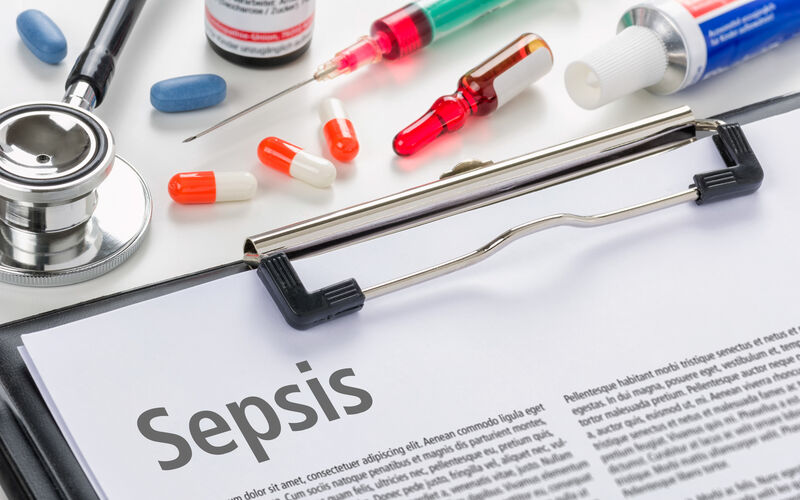New Innovative Tools Help Detect Sepsis Faster
Sepsis is a life-threatening condition that arises when the body’s response to an infection causes injury to its tissues and organs. As technology evolves, health care institutions like Moffitt Cancer Center are leveraging innovative tools to identify and treat sepsis more effectively.
"Early detection is key," said Olga Klinkova, MD, an internal medicine physician in Moffitt’s Infectious Diseases Program and Sepsis Committee chair. “The goal is always to catch an infection early in its course so we can act upon it as soon as possible. When infection is not caught early, it can progress to sepsis, which overwhelms the body and can damage organs and lead to death.”

Moffitt is currently testing a new tool called the National Early Warning Score 2 (NEWS2) system, designed to alert health care professionals to early signs of sepsis. The system pulls medical history from a patient’s electronic health record and monitors key health indicators such as heart rate, blood pressure and respiratory rates, scoring patients in real-time based on their risk for developing sepsis.
"This tool helps continuously monitor patients and stratifies the risk of clinical deterioration by providing a score based on several vital signs. This allows our team to act quickly and often prevent severe complications,” said Angeline Rocky, Moffitt’s sepsis coordinator.
While the technology is still in its pilot phase, its potential for improving patient outcomes is evident.
"We're optimistic about the results we're seeing in early trials and expect that this will dramatically improve our response times and reduce the severity of sepsis cases," Klinkova added.
Klinkova says that technology like NEWS2 can ensure that sepsis is caught early when it is easier to treat. In Moffitt’s Urgent Care Clinic, providers also utilize a sepsis alert system that monitors systemic inflammatory response syndrome criteria, a well-established tool for sepsis screening that tracks metrics such as body temperature, white blood cell count and heart rate. Both tools work to trigger rapid responses, so that patients showing signs of sepsis receive immediate attention and care.
For patients who are hospitalized, a sepsis alert function is available on all inpatient units and can be activated by clinicians or nurses if a patient shows signs of sepsis. The alert automatically notifies a rapid response team, pharmacy staff and a nursing supervisor.
“By drawing attention from multiple teams, the sepsis alert helps us act quickly to ensure the right treatments are started as soon as possible,” Klinkova said.
Although these technologies are still in the early stages of implementation, the hope is that they will significantly reduce sepsis-related complications. Moffitt is also committed to educating both patients and families on the importance of recognizing early signs of sepsis for timely intervention.
Spotting Sepsis: A Checklist for Patients and Caregivers
Sepsis can affect anyone, but it's especially dangerous for those with weakened immune systems, such as cancer patients. According to the Sepsis Alliance, to help spot the early signs of sepsis, patients and caregivers should remember the acronym “TIME,” and monitor the following symptoms:
- Temperature: higher or lower than normal body temperature
- Infection: signs of an infection, such as unusual discharge from a wound or painful urination
- Mental decline: confusion, disorientation or difficulty waking
- Extreme illness: severe discomfort, difficulty breathing or extreme pain
If any of these signs are present, seek medical attention immediately.




